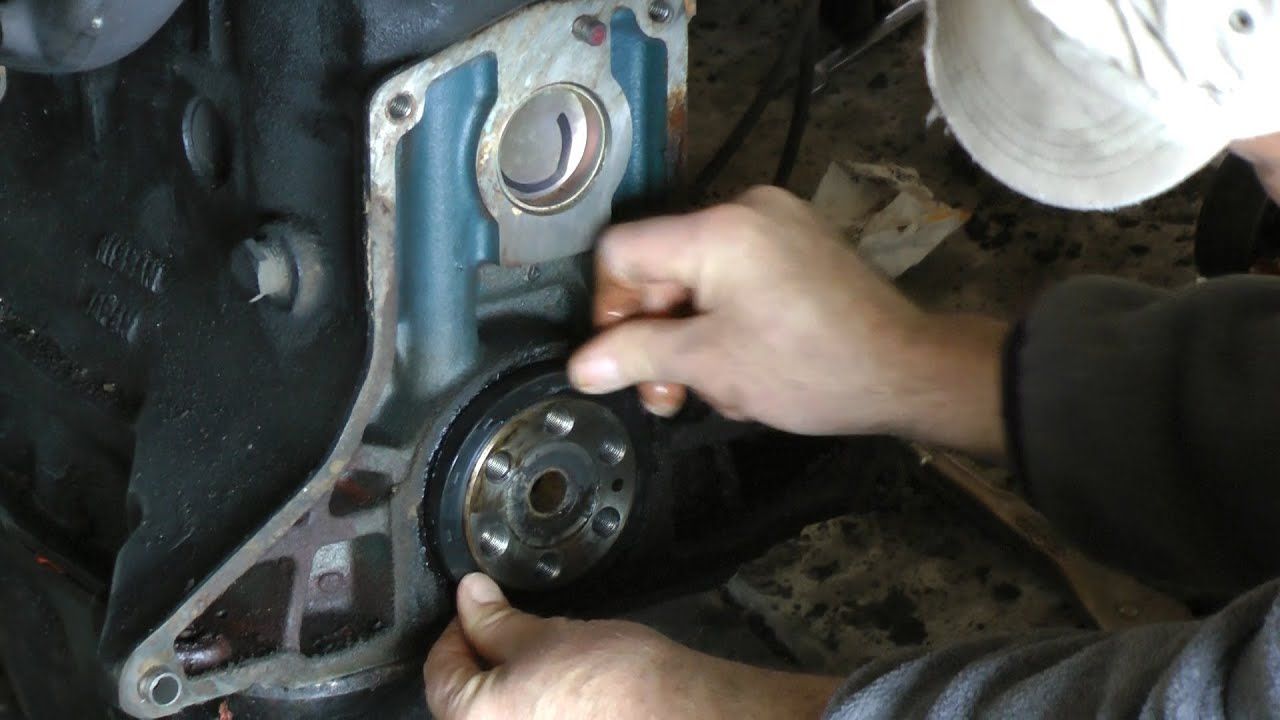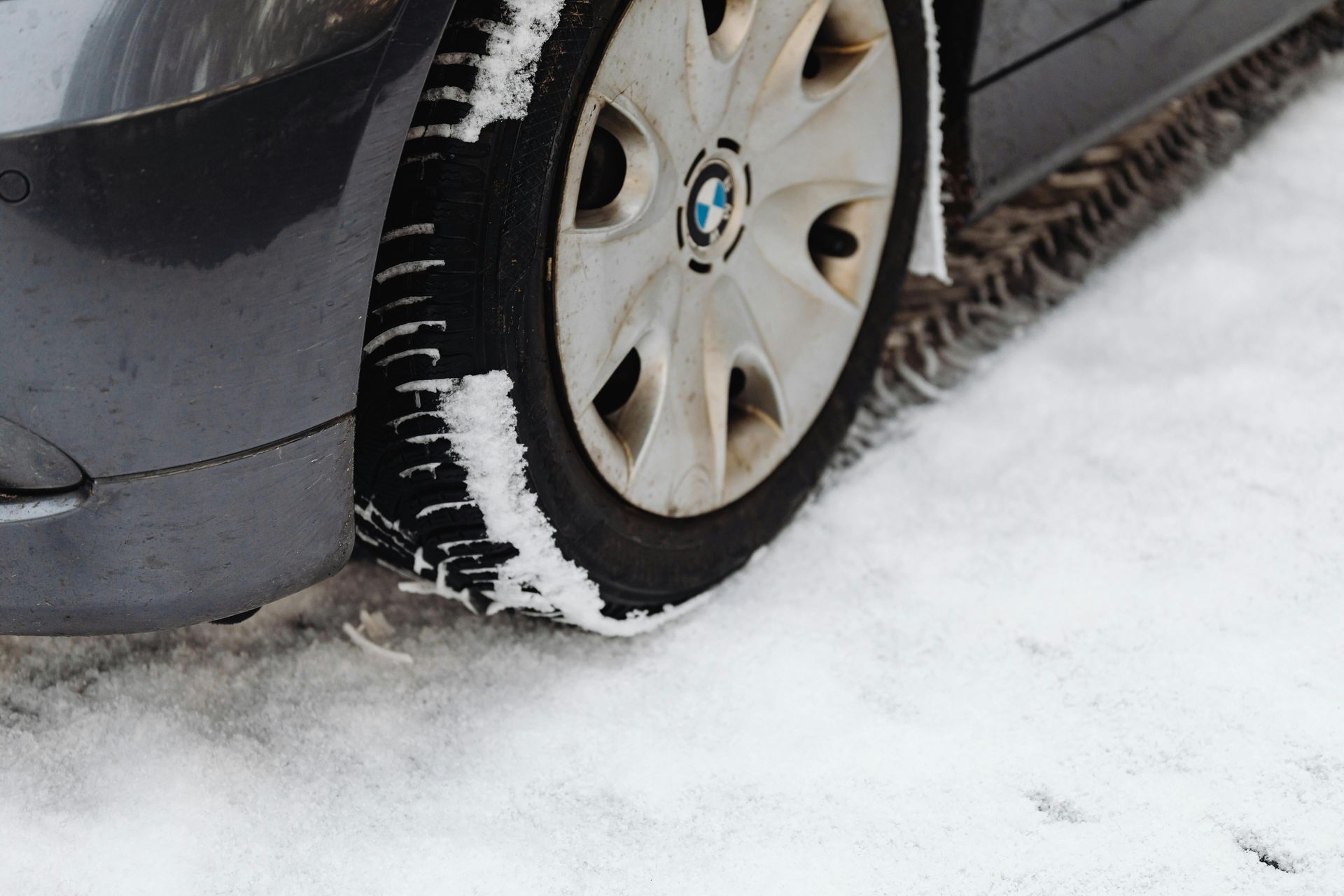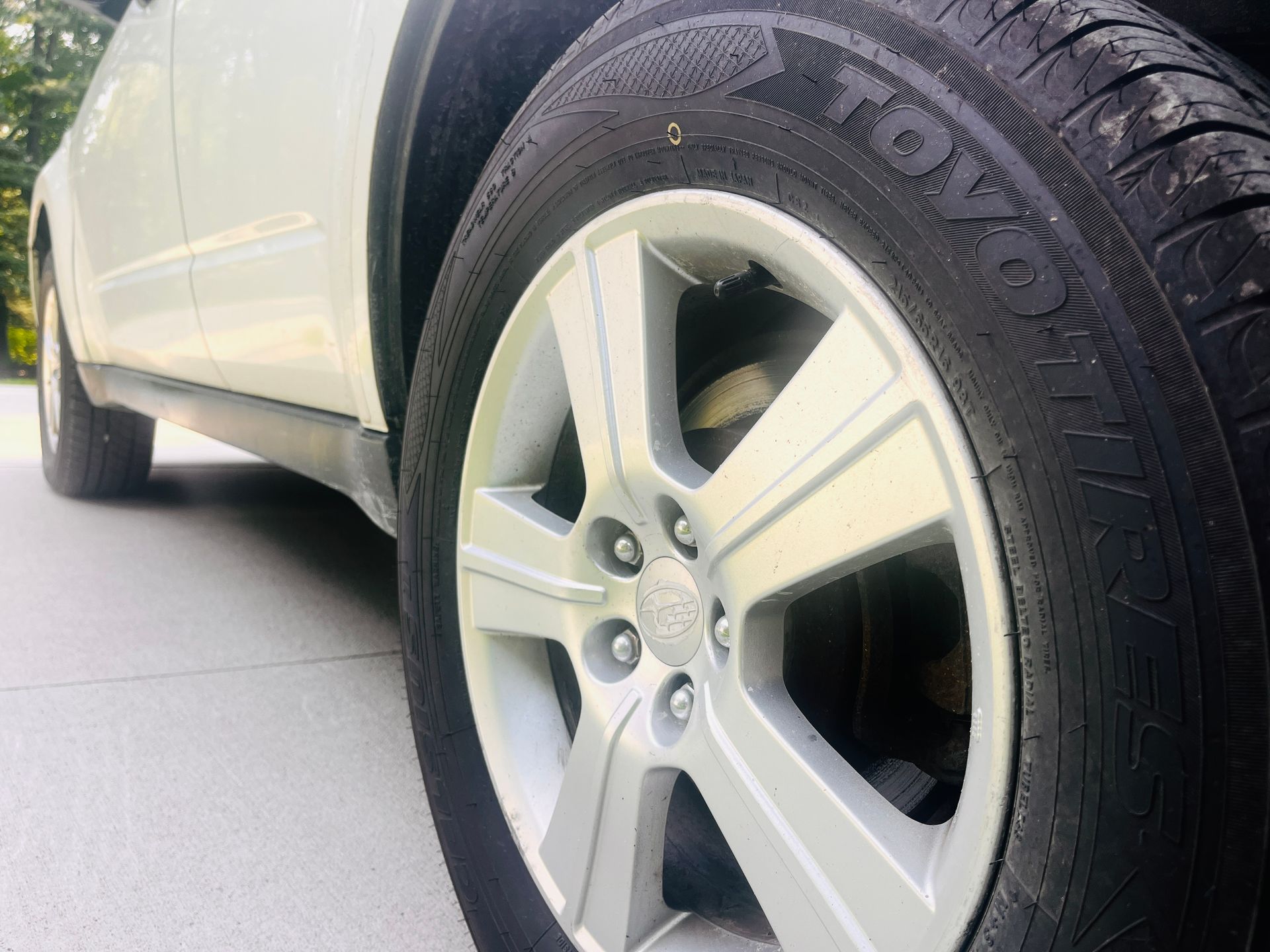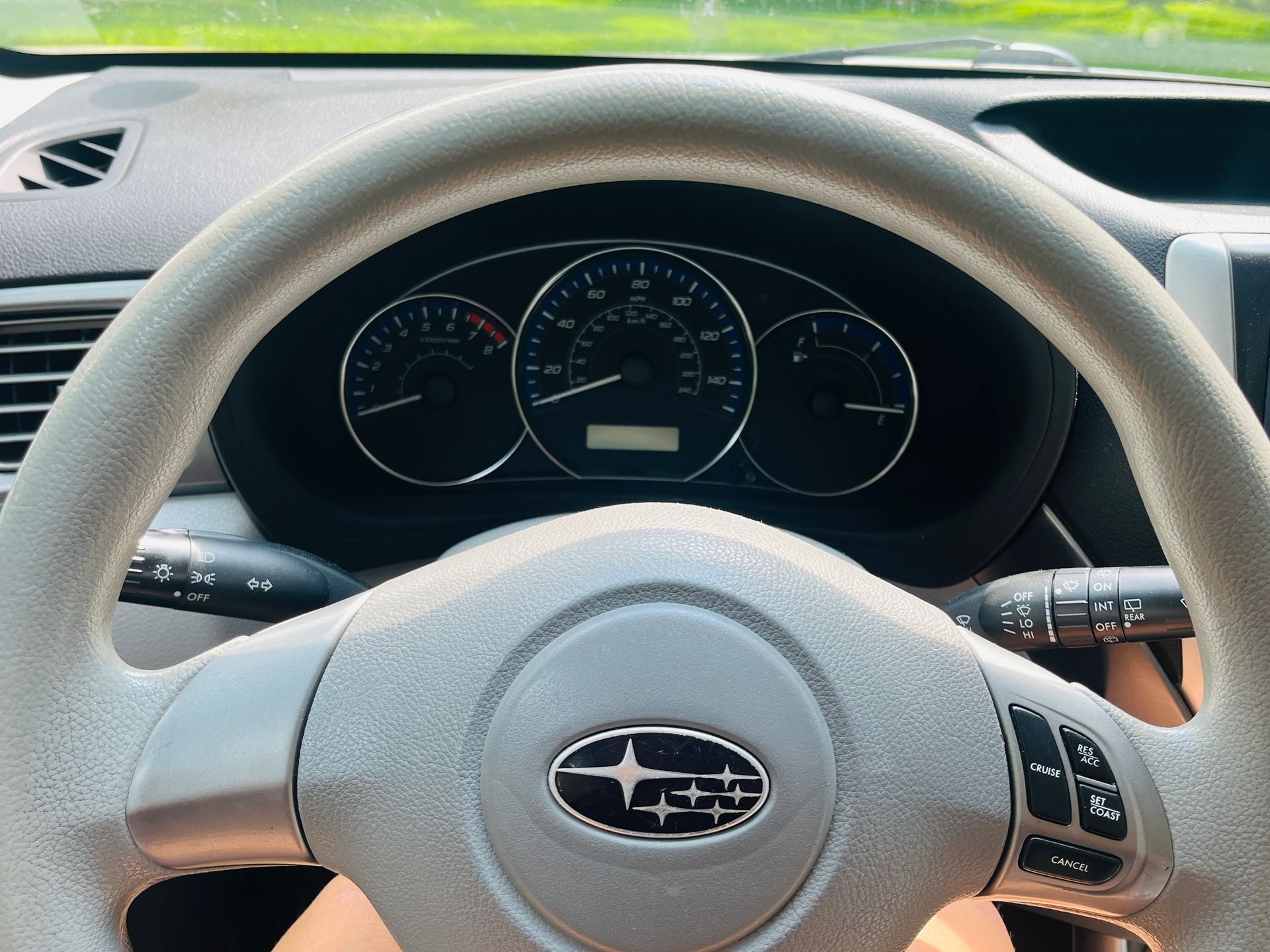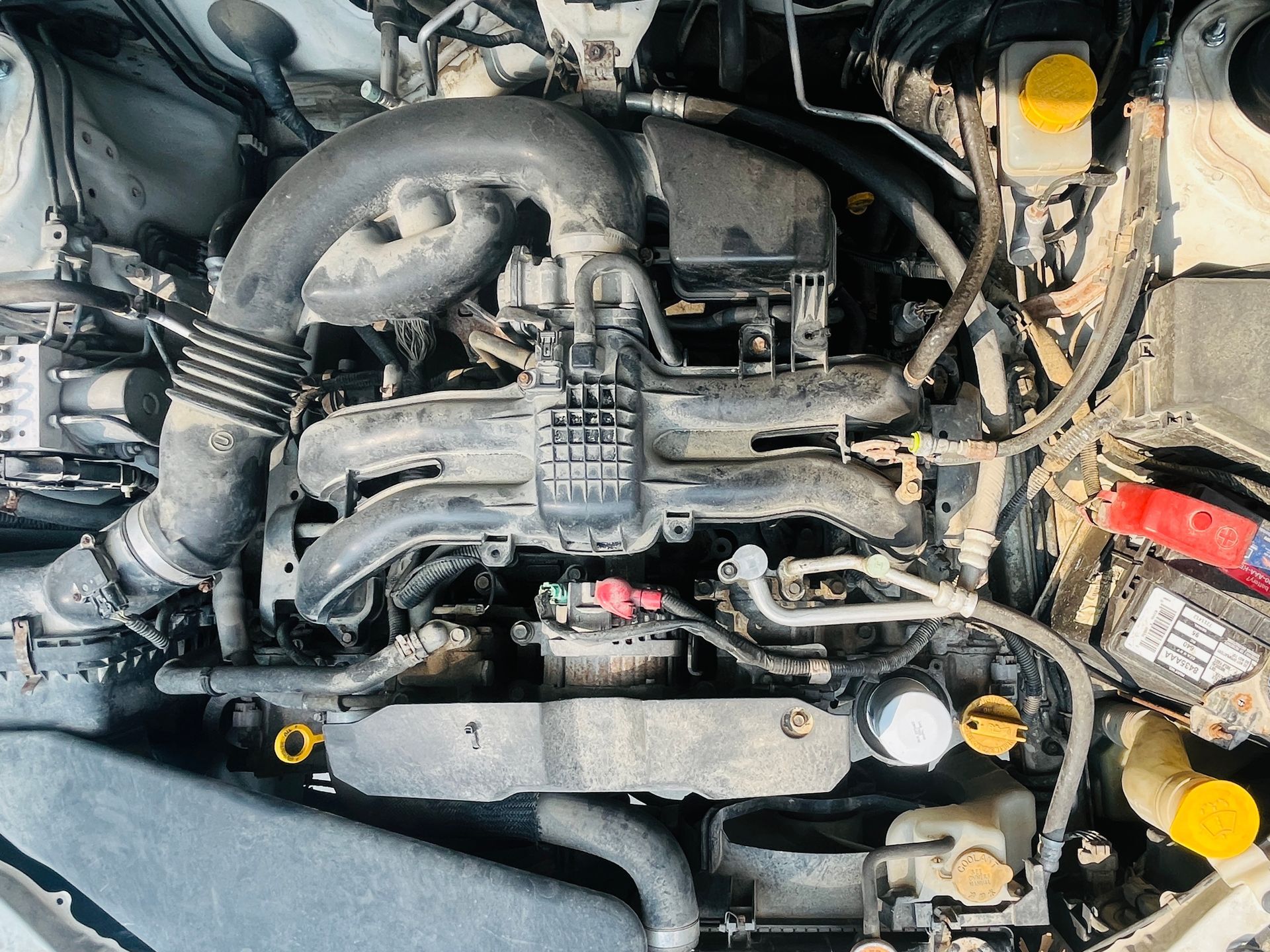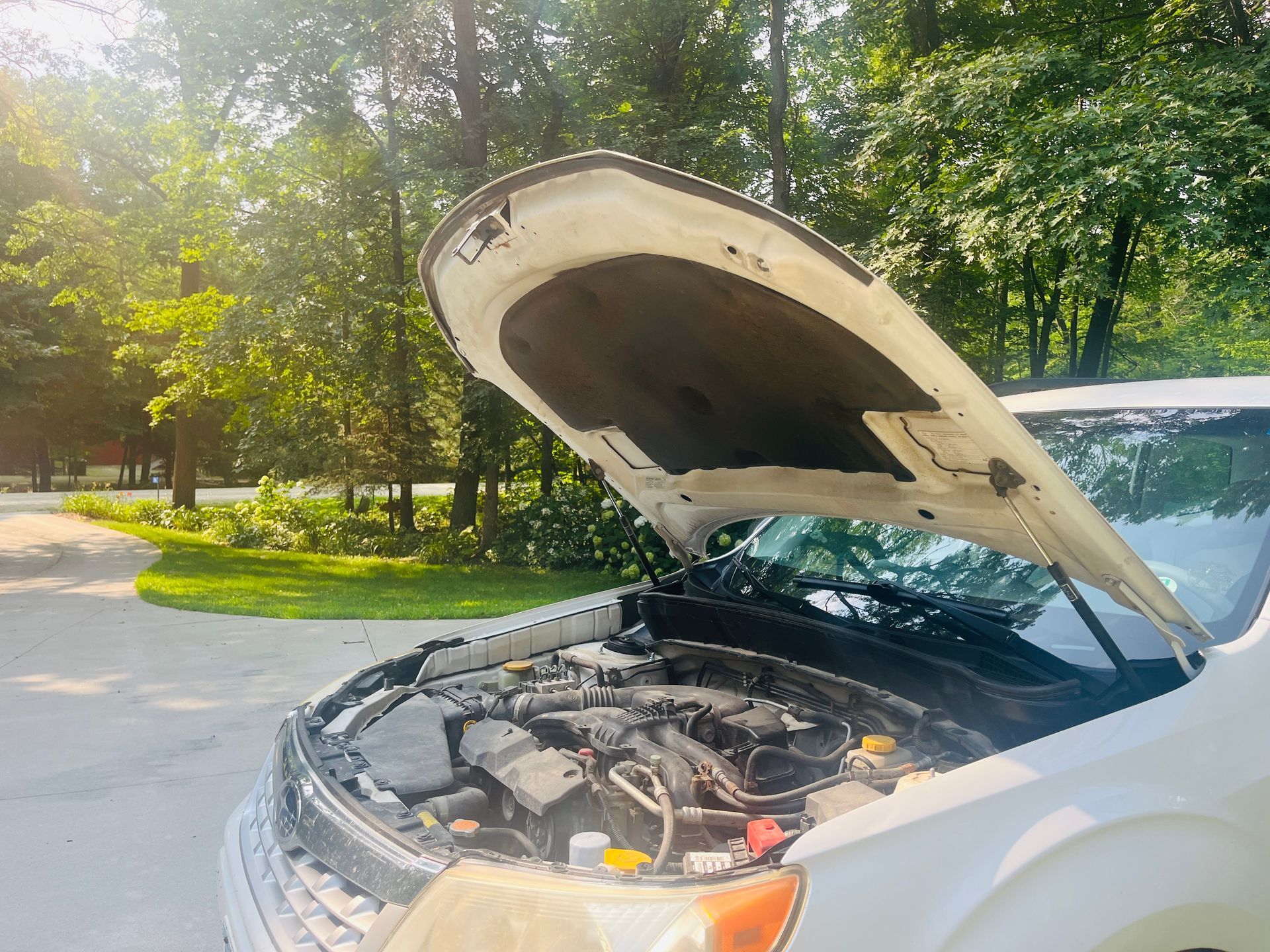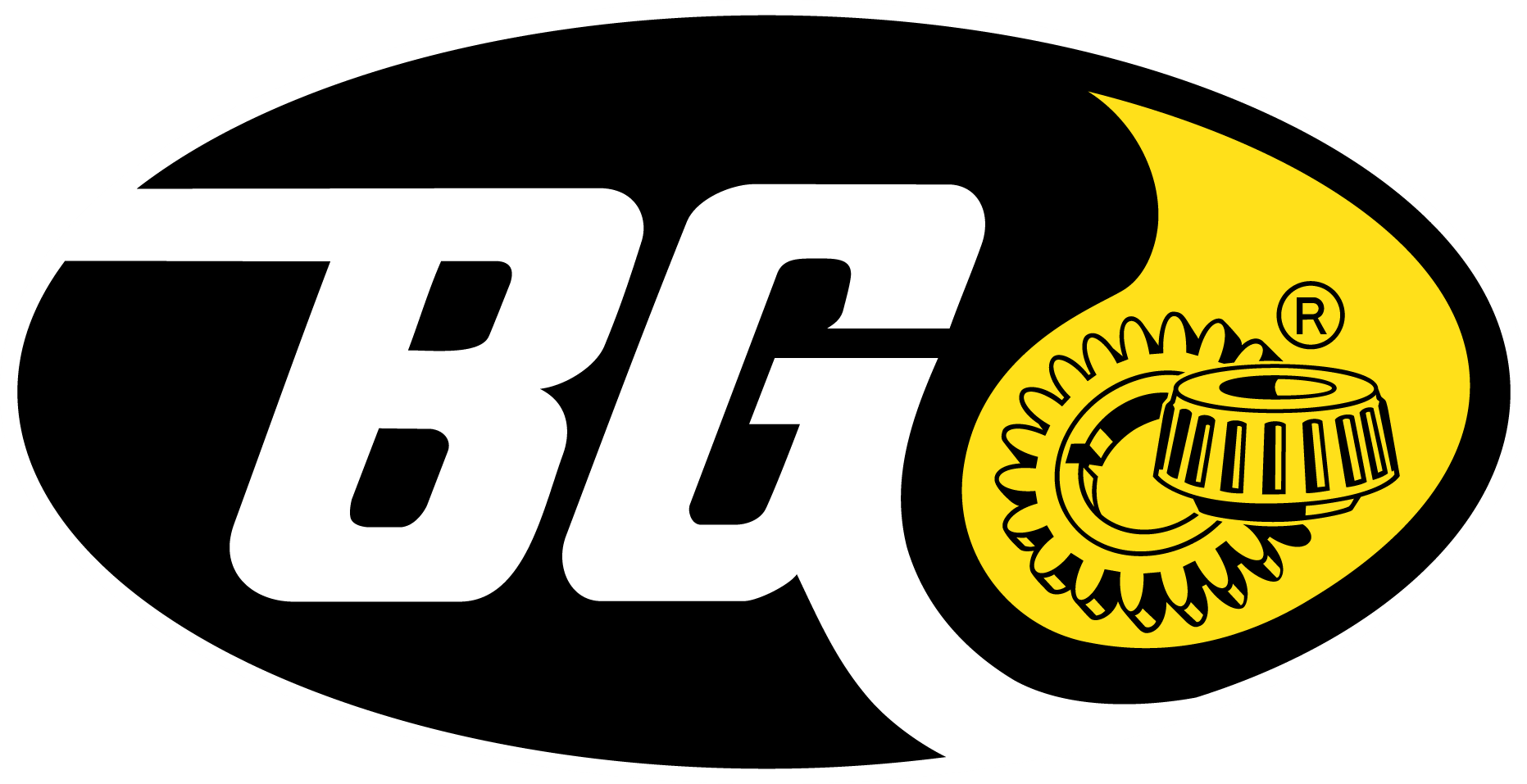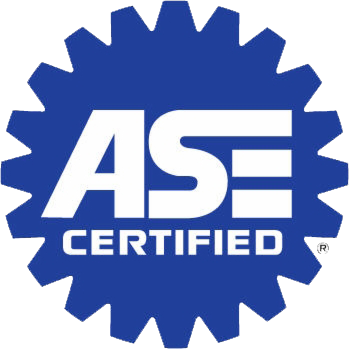The skinny on the "check engine" light
August 2, 2012
How would you react if your malfunction indicator lamp (the MIL, also known as the "check engine" light) was on? Do you know what it means or how serious it is? Is it on now? How long has it been on? Is the issue more serious if it's blinking? Is it always an expensive fix? I am here to answers these questions and more!
The very first thing you ought to do when your MIL comes on is get in tune with your vehicle. Are there any other lights on? Is it making any noises? Where are the noises coming from? When do they occur? What do they sound like? What other abnormalities do you notice? The answers to these questions will assist your auto-home immensely.
What to do
When does it need to be seen? Well, the first you need to know is that if your MIL is flashing, don't panic, but don't delay! A flashing MIL is like a child with 105-degree fever - you know it's not good and you know you need to get that child to the hospital ASAP! If your child had a seizure with that high fever, you would most certainly call 911 before driving the child yourself in case an ambulance is needed.
If your vehicle's MIL is flashing AND making bad noises or having any other symptoms, the best course of action is to pull over to the side of the road and call your auto-home. A tow truck may be in order and it's best to be safe than sorry. If you choose to drive your vehicle to your auto-home while it's in ill health like this, you could cause further damage and increase your repair bill significantly.
If you've just noticed that your MIL is on and glowing steadily, you should keep an eye on it for a day or two. Occasionally, the light may come on for a simple reason like failing to tighten your gas cap or not putting your engine oil dipstick back in properly. Check if they are securely fastened. If the MIL does not go off after a couple days, you should schedule an appointment with your auto-home. Surely, the MIL is nicknamed the "check engine" light for a reason - you are supposed to get your engine checked!
Why it's on
Now then, I am about ready to get just a bit technical. But don't go grab a pillow, I'll try to make it informative without being boring!
Over the years, vehicles have been made quite fancy and complex. Today, a variety of sensors feed your vehicle's computers information on everything from ambient air temperature to the amount of oxygen in the car's exhaust gasses. As the computers look at all of that info, they make adjustments to ensure that the engine is running efficiently and as cleanly as possible.
When one of those sensors fail, or gets a strange reading, that dreaded MIL pops on. It's normal to be irritated, but in reality, it's a good thing. Your vehicle is so smart, it is usually telling you to fix it before something gets worse, causes more damage and costs you more money.
What should you expect when you take it to your auto-home? How much might it cost? How long will it take? The only true answer I can give you is to the first question. You should expect your auto-home to ask questions that will assist the technician in finding the problem. The next step is for your auto-home to bring your vehicle in and hook it up to a "code reader."
Where to go
You may wonder if you need to take your vehicle to the dealership for this to be done properly. Unless your vehicle is still under a factory warranty, the answer is "no." Most independent auto repair shops have the most up-to-date scan tools for a variety of makes and models as well as the know-how to fix them - and their prices may be less expensive. I'll let you in on another little secret - independent shops are able to service vehicles with extended warranties. These are warranties no longer under the factory time/miles limits (usually 3 years/36,000 miles).
Other benefits of an independent shop may include a locally owned/family-friendly atmosphere, weekend hours/longer weekday hours and technicians who are qualified to work on all of the vehicles your family has (no matter the make/model) so you can have just one auto-home.
After the "code reader" is hooked up, a trouble code or codes will be revealed. This will usually point the technician in a direction of where to look for the problem. Many times, these readers can save the technician time and save you money since it may not take as long for the tech to diagnose the problem.
Remember, reaching a diagnosis is just the first step and the length of time it takes to diagnose a problem varies depending on a variety of factors. When the problem has been discovered, you will be notified of what it is and how much it will cost to fix.
Since there are a variety of reasons your MIL may be on, the repair cost will vary. Causes can include a blown gasket head, faulty O2 sensors, worn out spark plugs, loose or cracked hoses/manifolds, deteriorated fuel injector O-rings, or even a broken catalytic converter. While some of these are more expensive than others, it's still important to get them repaired. Even though your vehicle could be driving fine and the only change you notice is the light staring at you in the face, you may be wasting fuel, putting out lots of pollution and damaging the engine more and more each day.
My advice in a nutshell: If your MIL has never come on, count your blessings! If it is on right now, don't ignore it. If it comes on in the future, don't panic. Your auto-home will take care of you!

